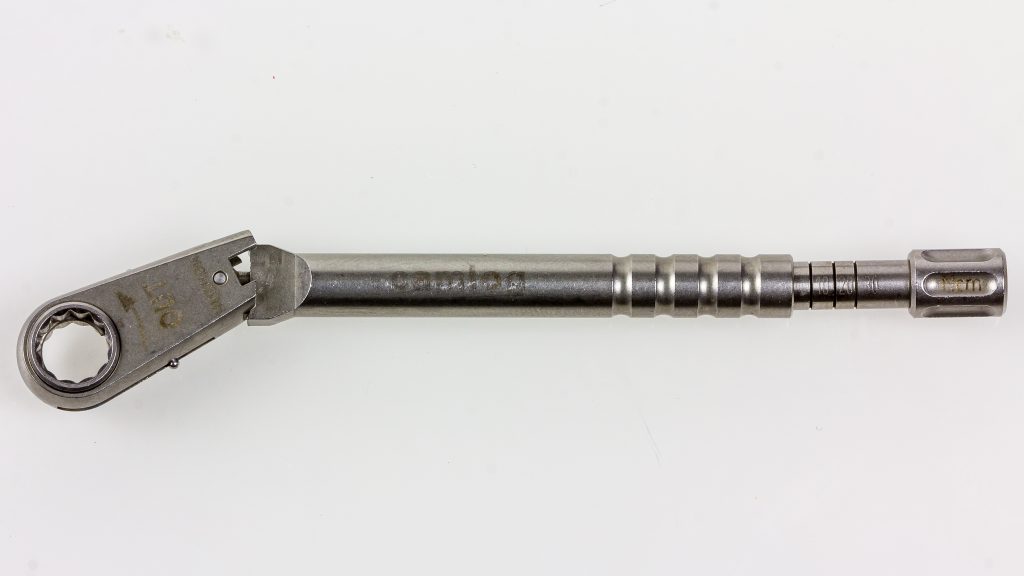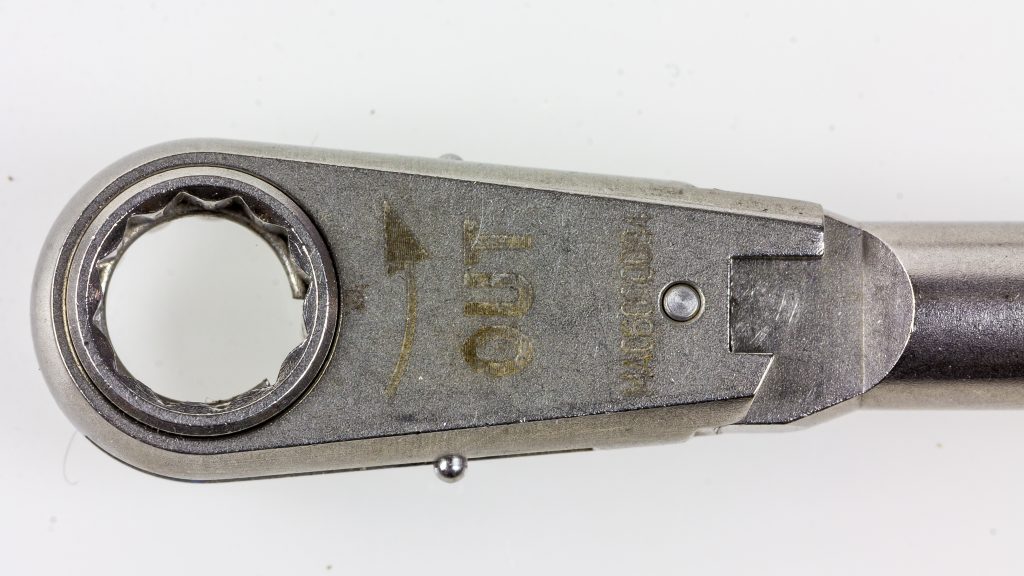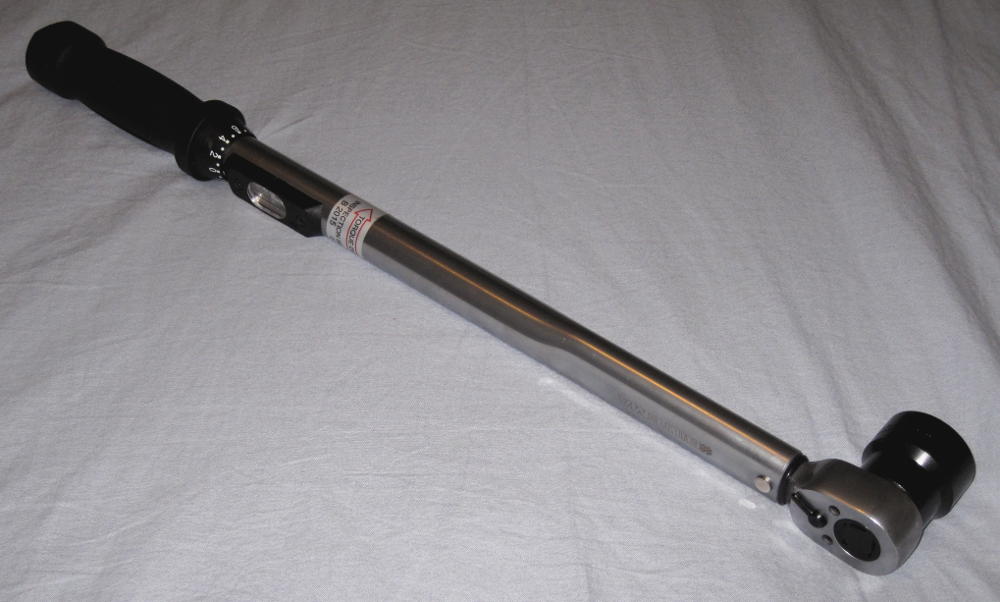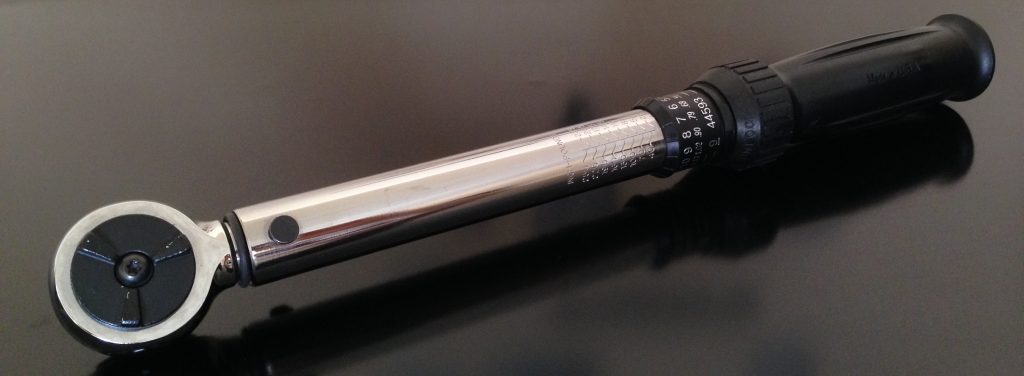A torque wrench is a tool that is resolutely useful and indispensable for mechanical works. It is used to check the tightening torque of screws, nuts and bolts. For any tightening, there is an appropriate torque to be applied depending on the diameter and quality class of the screw.
Although some mechanical prodigies measure the degree of tightening by the force they apply to the work, it remains imprecise. On actions that are not very delicate, the impact will be minimal, although in the long term this can cause considerable damage to the mechanical part, screws and nuts.
What Is the Tightening Torque?
When direct stress is applied to a body, it can be applied in 2 ways.
First Case: Pushing a Car
In this case, a force is applied directly to the object, it is the expression of a force or action defined by:
– its point of application,
– its line of action (axis of force),
– its meaning,
– its intensity (the unit is Newton (N) or Decanewton (DaN); 1 DaN = 10 N).
Second Case: Loosening a Wheel Nut

If a force of 10 DaN is applied directly to the nut, it will be impossible to unscrew it. To overcome this problem, it will be necessary to offset this force at a certain distance from the nut (a sufficiently long wrench, using a long tube…).
The famous Archimedes said: “Give me a point of support, and I will lift the world. ». This is the principle of the lever: the torque is the lever arm multiplied by the force.
The length of the lever arm is defined by the shortest distance between the axis of rotation (the nut) and the line of action of the force (orthogonal projection).
Definition of Torque: It is the Product of the Force by the Length
The unit of torque is logically the Newton.meter (N.m) or the Decanewton.meter (DaN.m) (1 DaN.m = 10 N.m).
Why Use a Torque Wrench?

A torque wrench is a metrological tool (metrology being a discipline that allows, by means of appropriate tools, to give a precise value to the measurements carried out) that allows applying the torque values recommended by the manufacturers.
We now know that the tightening torque is a function of the force exerted as well as the distance applied (lever arm); as the torque wrench is made up of a fixed-length arm, the adjustment will be made on the variation of the force exerted.
The torque wrench consists of two parts:
(i) An adjustment system (barrel or adjustment with reset finger) which will influence the setting of a spring, itself in contact with a plunger.
(ii) The part acting directly on the screw or nut to be tightened: a hinge pin located in the middle of this part will enable a torque to be established (as when manipulating a cross to loosen a wheel).
When the force is applied, this second part will perform a rotational movement which will be braked by the spring-pusher assembly of the adjustment system; when this force is greater than the pressure force of the adjustment system, the wrench will emit a significant triggering noise and signal that the prescribed torque has been reached.
Good to know: for optimal use of this tool, it is necessary to operate on assemblies whose threads are in good condition (need to prepare the operation: cleaning the threads, passing through the tarot and thread die), greasing the threads, etc.).
Indeed, threads in poor condition can oppose additional resistance forces, leading to an insufficient tightening, despite the observed tightening torque. This is why manufacturers make extensive use of angular tightening, which allows a precise angle of rotation of the screw or nut, and therefore appropriate tightening, regardless of the state of the thread.
Buying a Torque Wrench

For a common torque wrench (20 to 200 N) of good quality, the price range will be approximately 150 to 250 dollars.
Below are some common tightening torques (passenger cars and small commercial vehicles):
– Wheels: 7 to 9 DaN (sheet metal rims) and 10 to 12 DaN (aluminium rims).
– Wheel hubs (excluding taper roller bearings with preload clamping): 25 to 30 DaN.
– Steering knuckles: 4 to 5 DaN.
– Spark plugs: 2 to 4 DaN.
– Shock absorbers (upper fixing nut): 6 DaN.
Important: these data are given for information only, each tightening value must be systematically validated by a technical document from the manufacturer or a technical automotive journal, corresponding to the vehicle being serviced. Any inappropriate tightening can cause the wheel to run out and cause damage to the vehicle, as well as human injury.
In summary, the torque wrench is very important to avoid any damage or breakage on the different clamping parts. It, therefore, prevents damage to your threads and/or joints by allocating the necessary tightening to each part of your vehicle. To sum up, tightening too weakly can lead to loosening, and too strongly can lead to deformation or even breakage.




